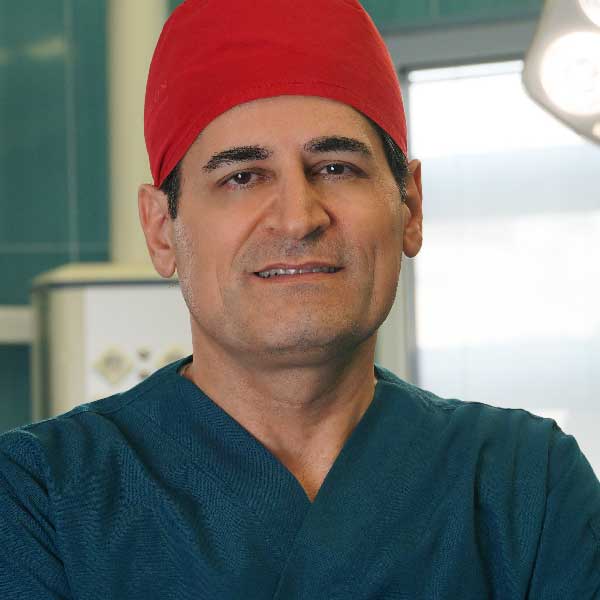Philology
Mammoplasty is derived from the combination of two Greek words “mammos” meaning “breast” and “plastikos” meaning shaping or forming. Mammoplasty literally refers to breast shaping. The various methods that are used to change the size, reconstruction, shape or appearance of the breasts are considered a subtype of mammoplasty.
History
The history of mammoplasty goes back to ancient times. I would like to have a brief overview of the evolution of mammoplasty from ancient times till today:
1. Ancient times

a. In ancient Egyptian papyri, surgical techniqueques for treating breast tumours and abscesses are written.
There is no definitive evidence that mammoplasty was performed in ancient Egypt. However, there are signs that some type of breast augmentation may have been done.
One of the evidences is a painting from the tomb of Nabamun, which is related to the 18th Dynasty (1550-1295 BC). This painting shows the wife of Nebamon, Hatnob, with large and hanging breasts. This is unusual for Egyptian art, which usually depicted women with small and firm breasts. Some researchers believe that Hotnob’s breasts may have been enlarged with implants evidenceafts.
Another piece of evidence is a medical papyrus from the 19th Dynasty (1295-1186 BC). The papyrus describes a method for treating a woman with “fallen breasts”. This method involves injecting a mixture of honey and fat into the breasts. This method may be used to enlarge the breasts as well as to treat sagging.
However, it is important to note that there is no definitive evidence that mammaplasty was performed in ancient Egypt. The evidence that exists is open to interpretation. It is possible that medical papyri and paintings simply reflect the ancient Egyptian ideal of female beauty, which included large breasts.
Overall, it is likely that mammaplasty was not a common practice in ancient Egypt. If it was implemented at all, it was probably only on a very limited basis.
b. In ancient India, early reconstructive techniques were probably used for breast surgery.
There is evidence that mammoplasty was performed in ancient India. The first known reference to breast augmentation in India is in the Sushruta Samhita, an ancient medical text dating back to the 6th century BC. The Sushruta Samhita describes a procedure for breast augmentation using a flap of skin and fat from the abdomen.
Other ancient Indian medical texts also mention breast enlargement methods. Charaka Samhita, another ancient medical text, describes a method for breast enlargement using a mixture of herbs and minerals. Vagbhata, a later medical text, describes a procedure for breast enlargement using a layer of skin and fat from the buttocks.
Breast augmentation is believed to have been done in ancient India for cosmetic and medical reasons. Breast augmentation is most likely performed to improve the appearance of the breasts, while medical breast augmentation may be performed to correct breast asymmetry or treat sagging breasts.
There is no evidence that breast augmentation was a common practice in ancient India. However, its mention in several ancient medical texts suggests that it was known and practiced by at least some surgeons.
It is also important to note that ancient Indian methods of breast augmentation were probably very different from modern breast augmentation methods. Ancient methods may have been more invasive and may have a higher risk of complications.
J. In ancient Greece, in the 6th century BC, a Greek physician named Alcmaeon described a method to reduce the size of the breasts. Physicians such as Hippocrates and Galen have recorded various surgical methods for the treatment of breast diseases, such as mastectomy for breast cancer.
2. Middle Ages and Renaissance

During the Middle Ages and the Renaissance, advances were made in anesthesia, wound care, and surgical instruments, and surgical techniques continued to evolve.
The Italian surgeon Gaspare Tagliacozzi, in the 16th century, is considered one of the pioneers of breast reconstruction surgery using skin grafting.
3. 18 and 19th century

In 1895, German surgeon Vincenz Czerny performed the first breast augmentation using fat grafting. In the early 20th century, other surgeons began developing breast reduction techniques.
– Surgical techniques and understanding of breast anatomy improved significantly. Sir Astley Cooper and William Stewart Halsted were the pioneers of this historical period and made an important contribution to the development of breast surgery.
– As a result of improved surgical results and post-operative care, mastectomy or surgical removal of the breast has become a standard procedure for breast cancer treatment.
4. Twentieth century
– The development of techniques to increase the volume of the breast, reduce the volume, reconstruct and increase the beauty of the breast, took place during this period.
– With the introduction of the first silicone breast implants in the 1960s, a revolution took place in the field of breast augmentation surgery.
– The emergence of modern plastic surgery techniques, such as vertical scar reduction mammoplasty (lollipop technique) and peri-areola incision, a leap in breast reduction and lift operations took place.
5. Contemporary decade
Mammoplasty procedures have continued to evolve with a focus on achieving natural results, minimizing scarring and improving patient safety.
– Advanced surgical techniques such as endoscopic procedures, fat grafting and oncoplastic surgery have provided more options for breast cancer patients.
– Patient-centered care, exclusive and personalized treatment plans, and multidisciplinary interactive approaches involving plastic surgeons, oncologists, and other specialists are emphasized to ensure optimal outcomes for those undergoing mammoplasty.
Beginning with the use of herbal remedies in ancient times and using modern silicone implants, mammoplasty is evolving to meet the needs of patients seeking to improve their appearance.


